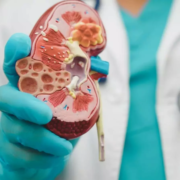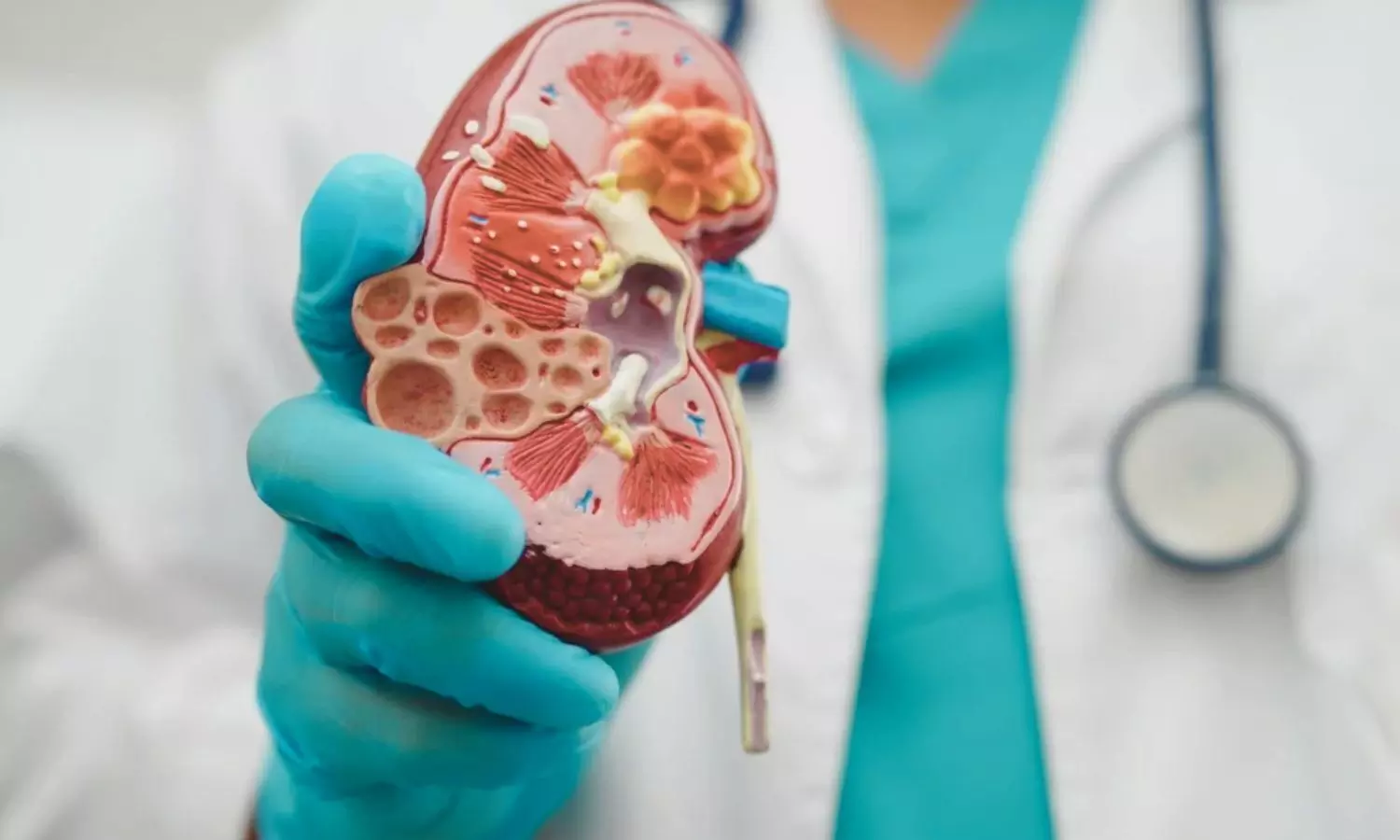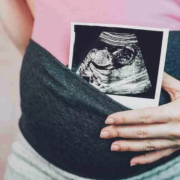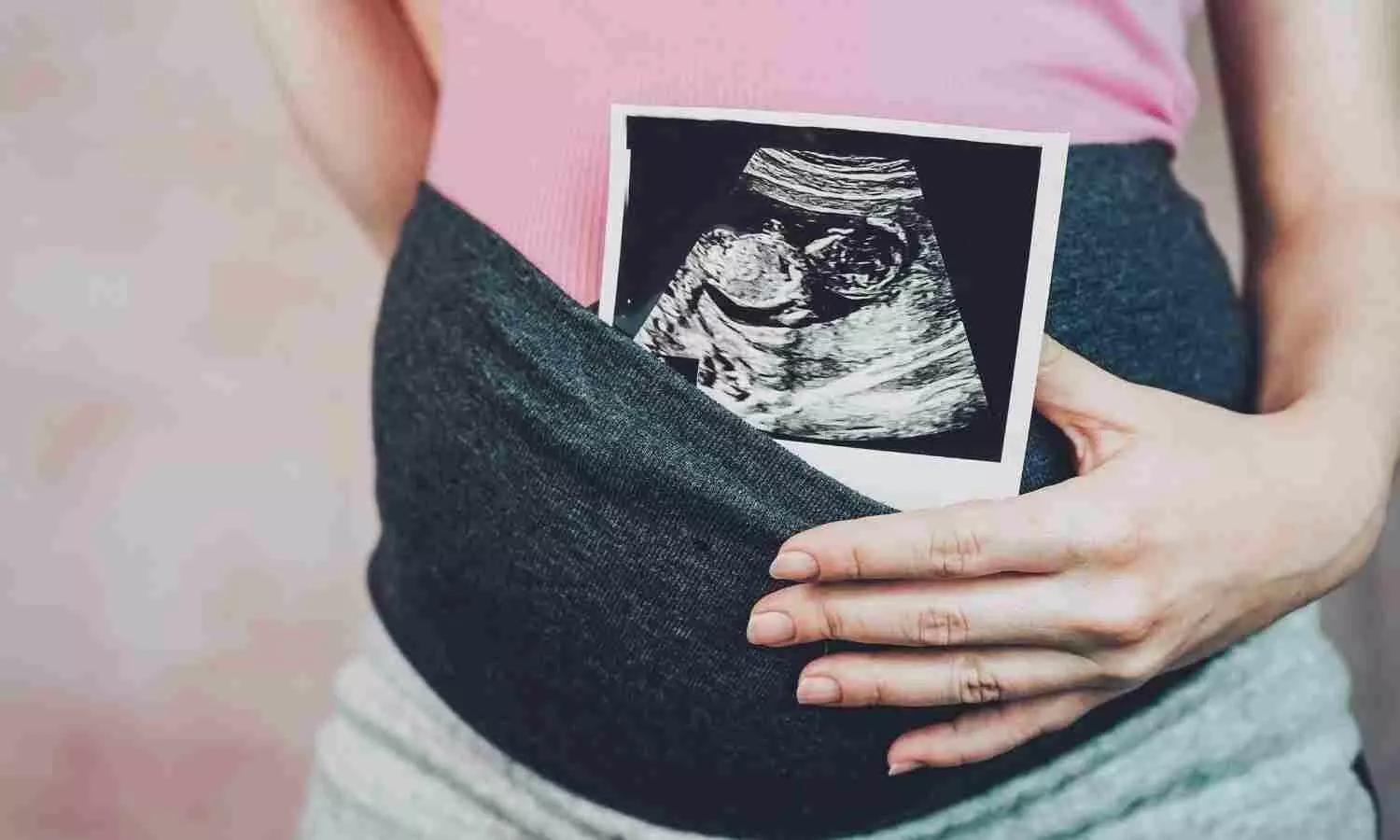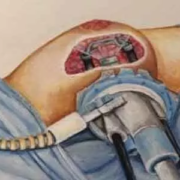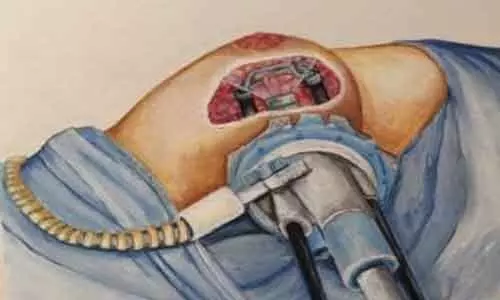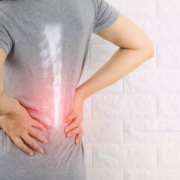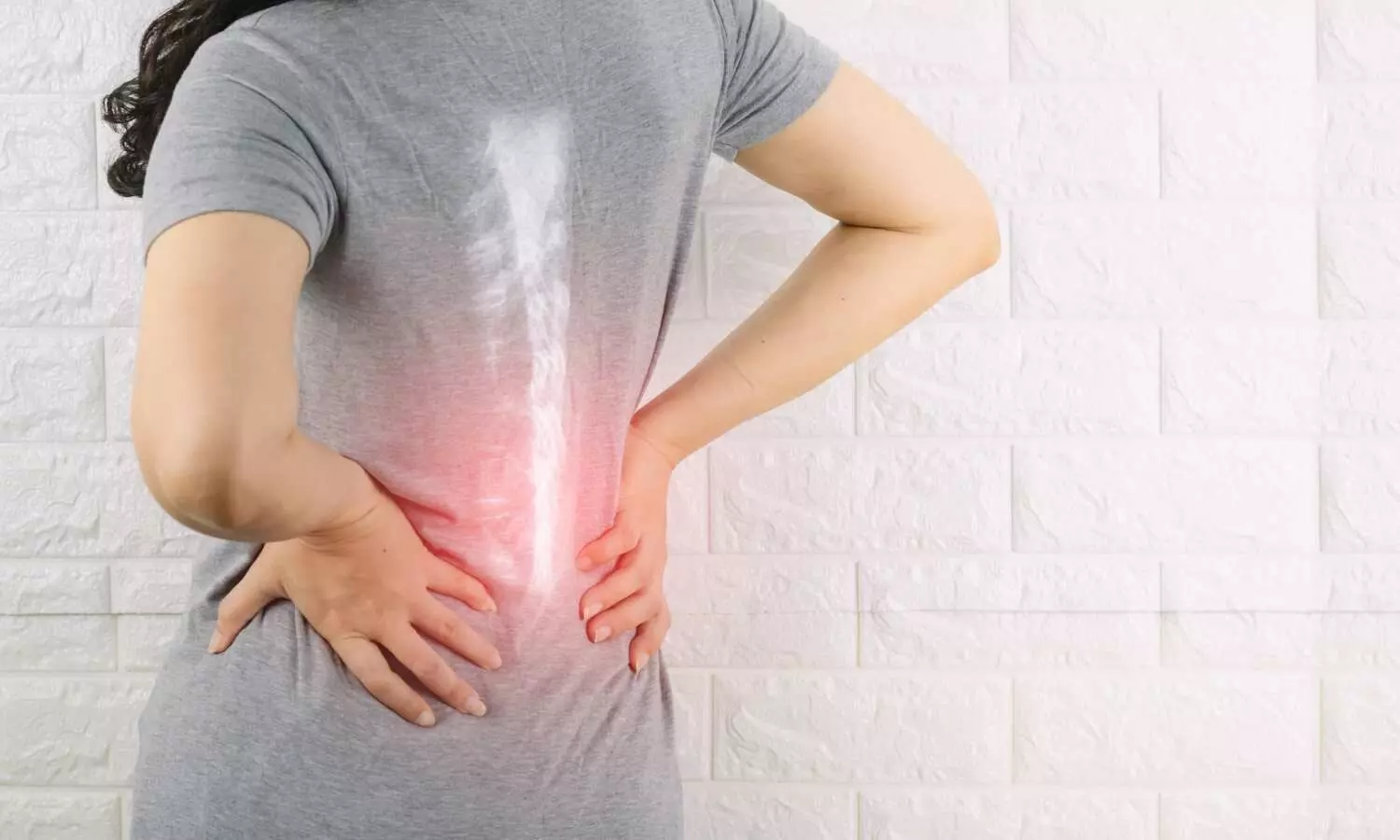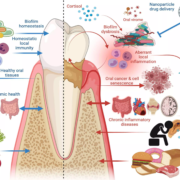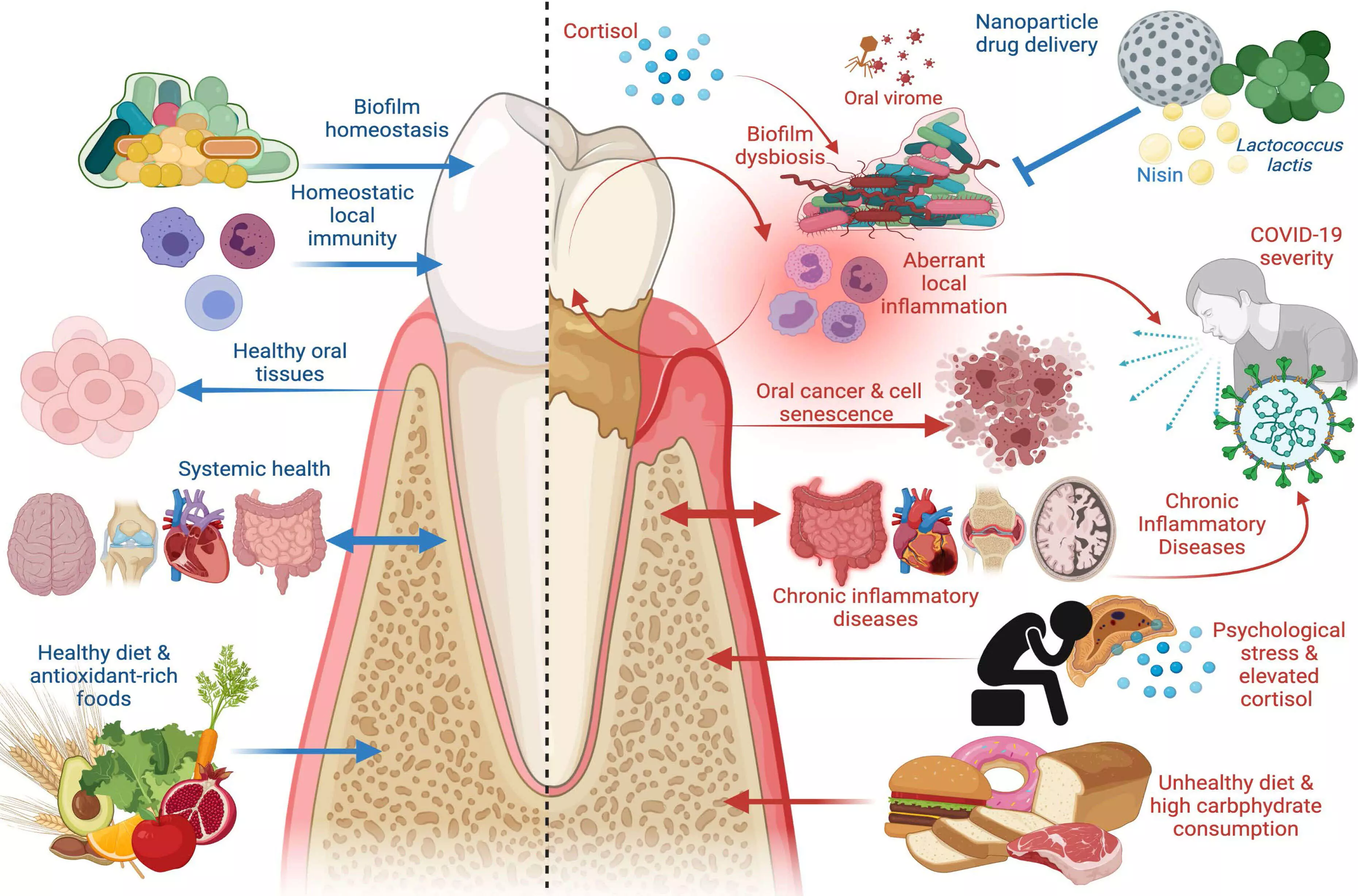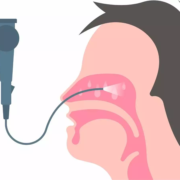Dairy isn’t the only food that’s good for bone health. Prunes may also protect bone structure and strength in postmenopausal women, according to a new study led by Penn State researchers.
The findings, published in Osteoporosis International, suggest that daily prune consumption slows the progression of age-related bone loss and reduces the risk of fracture.
“This is the first randomized controlled trial to look at three-dimensional bone outcomes with respect to bone structure, geometry and estimated strength,” said Mary Jane De Souza, distinguished professor of kinesiology and physiology at Penn State. “In our study we saw that daily prune consumption impacted factors related to fracture risk. That’s clinically invaluable.”
Bones are made of dynamic tissues that are constantly in a process of remodeling. Specialized bone cells remove old bone replacing it with new bone. With age, the scales start to tip, and the body breaks down bone faster than it can build it.
The accelerated loss of bone can lead to osteoporosis, a disease where bone becomes less dense and bone structure changes, making it weaker and at greater risk of fracture. Over 10 million Americans have the condition, according to the Centers for Disease Control and Prevention, and it’s more common in women compared to men and in older adults.
It’s of particular concern among postmenopausal women, the researchers said. Estrogen, a hormone critical for bone health, declines during this life phase and lower levels of estrogen hastens the loss of bone density. While there is medication available to treat osteoporosis, the researchers said that many women who should be taking it aren’t.
Prunes offer a promising alternative, according to De Souza. They contain bioactive compounds like polyphenols that may blunt the inflammatory pathways that lead to bone loss.
Prior studies primarily used dual energy X-ray absorptiometry (DXA) to evaluate 2D bone mass density and to diagnose osteoporosis. But DXA scans can’t distinguish between different types of bone tissue or measure the structural properties of bone, which can serve as a proxy for bone strength and quality, the researchers explained.
“When we look at bone mineral density, we’re looking at how much bone there is, but we also want to know about the quality of the bone. When we look at a three-dimensional picture, we can look at bone structure, geometry and micro-architecture. In other words, it tells us how good the bone is,” De Souza said.
To see whether daily prune consumption influenced bone quality, the research team conducted a 12-month randomized controlled trial with 235 postmenopausal women. Participants were assigned to one of three groups: no prunes; 50 grams, or four to six, prunes daily; or 100 grams, or 10 to 12, prunes daily. Every six months, they were assessed using a peripheral quantitative computed tomography, or pQCT, scan, which allows for cross-sectional imaging to measure 3D bone mass density, bone geometry and bone strength.
Over the course of one year, the researchers found that measures of bone mass density and bone strength at the tibia, or shin bone, all decreased in women in the control group. In contrast, those who ate at least four to six prunes every day maintained bone density and bone strength and preserved bone structure, particularly in cortical bone. While women in both prune groups saw benefit, four to six prunes a day may be the more feasible dose. Women in the 100-gram group dropped out of the study at a higher rate because they got bored of incorporating so many prunes into their daily diet.
“It’s pretty exciting data for a 12-month study,” De Souza said. “We were able to maintain and preserve bone at the weight-bearing, cortical bone of the tibia and the maintenance of cortical bone and bone strength is key to avoiding fracture.”
Prune consumption could also potentially reduce the risk of osteoporosis, De Souza explained, but more research is needed.
With this paper, the research team has built on a suite of studies that investigate the relationship between prunes and bone health. In a prior study with the same cohort of women, the research team demonstrated that daily prunes consumption for a year also preserved total bone mass density at the hip. They’ve also investigated potential mechanisms behind prunes’ bone protective effects, including how prunes influence bacteria in the gut microbiome. De Souza said they hope to continue to expand on these findings in future studies.
Other Penn State authors on the papers include Nancy Williams, professor of kinesiology and physiology, and Janhavi Damani, doctoral student in the integrative and biomedical physiology graduate program in the Huck Institutes of the Life Sciences. Kristen Koltun, who was a doctoral student at Penn State at the time of the research and is currently an assistant professor of sports medicine and nutrition at the University of Pittsburgh, led the study. Co-author Nicole Strock, earned her doctorate at Penn State and is currently a human performance scientist at NASA Johnson Space Center. Connie Weaver, distinguished research professor at San Diego State University; Hang Lee, associate professor of medicine at Harvard Medical School; Connie Rogers, professor of nutritional sciences at the University of Georgia; Mario Ferruzzi, professor of pediatrics at the University of Arkansas for Medical Sciences; and Cindy Nakatsu, professor of agronomy at Purdue University, also contributed to the paper.
Funding from the California Prune Board supported this work.
References: Kristen J. Koltun, Nicole C. A. Strock, Connie Weaver, Hang Lee, Nancy I. Williams, Connie J. Rogers, Janhavi Damani, Mario G. Ferruzzi, Cindy H. Nakatsu & Mary Jane De Souza



